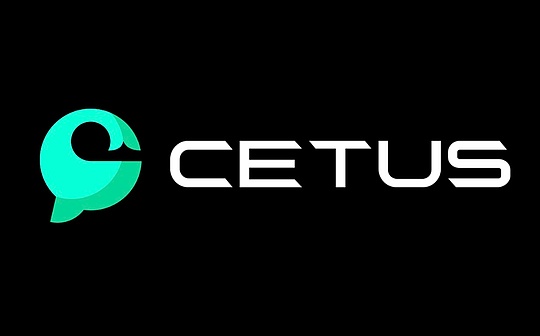Conversation with Kony, founder of GAIB: Tokenize computing power, how will GAIB become the economic layer of AI

Reprinted from chaincatcher
06/04/2025·12DInterviewer: Emily Lai
2024 is the year when AI has entered its popularity, and it is also the first time that "computing power" has become one of the keywords that the public investors are concerned about.
Behind this intelligent revolution, GAIB chose to enter the lowest level of the AI industry - GPU (graphics processor), hoping to turn it into a new asset through on-chain financial mechanisms.
In this trend of technology and capital intersection, Kony, founder and CEO of GAIB, has his own set of ideas.
This is not a story about speculation, but an entrepreneurial concept about "new assets, new currencies, new capital structure".

"Computing power is the hard currency in the AI world"
Emily: Introducing GAIB in one sentence?
Kony: We turn GPUs into assets and break AI into a track where we can invest independently. GAIB is the infrastructure for building an on-chain economy for AI and computing power.
Emily: What do you think about computing power?
Kony: It is the energy of AI, essentially like electricity. You can compare data to fuel, and models to engines, but what drives everything is computing power. If Bitcoin is digital gold, then GPU is the power plant in the digital age.
Emily: As a user of AI applications, I often use tools such as Midjourney, Canva's AI, Claude AI, etc. These AI models do require a lot of computing power when training, right?
Kony: That's right. From training to inference, AI models are extremely GPU-dependent processes. For example, the Grok3 deployed on X used 100,000 H100, worth more than US$2.5 billion. OpenAI, Anthropic, Tesla’s robot departments—no computing power will be zeroed.
"AI economy is a smile curve, and GAIB wants to rewrite its left half"
Emily: What are the opportunities behind GAIB entering this field?
Kony: You can imagine the entire AI industry as a "smile curve": on the right there is To C application, such as Midjourney; on the left there is AI Infra, such as cloud/data center. But the problem on the left is the limitations of financing methods.
Data centers and cloud service providers have to purchase a large number of GPUs, and their financing methods are limited to equity, bank loans, etc., which are extremely inefficient. We want to provide a new path: let them asset the GPU through on-chain methods and release liquidity.
Emily: Does this sound like a kind of "on-chain cloud bond"?
Kony: It is closer to "tokenization of computing power assets". Instead of issuing bonds, we convert the GPU itself into user-configurable on-chain assets. Make it a tradable commodity like gold and oil.
"AID - the exclusive currency of the AI computing power economy"
Emily: How does GAIB allow users to participate in the AI economy?
Kony: Our product is called AID (AI Dollar) , which is the first AI synthetic asset. You can understand it as the "USDT" of the AI economy. Users can deposit stablecoins (such as USDT) and GAIB will lend this part of the assets to the cloud/data center. They are GPU asset holders and operators, and obtain real gold flow returns.
As an AID holder, you can share this part of the profit. What we need to do is not "issuing coins to speculate", but to build an AI capital economy with real rental income.
Emily: Where does the income come from?
Kony: The income comes from the real use needs of GPUs - AI companies pay for computing power, which is the most real and strongest cash flow in the AI economy.
"The investment products in the AI world should not be the only one
that speculates tokens"
Emily: What do you think is the right incision for the combination of AI + Crypto?
Kony: Nowadays, many people regard AI as narrative and invest with the mentality of speculating on meme, but that is misplaced. We are looking at the infrastructure of AI, which is a deterministic direction, not narrative speculation.
What we want to establish is the financial layer in the AI economy, connecting the on-chain capital and off-chain resource needs with real assets, real needs and real returns.
Emily: Then what do you think of the long-term positioning of AID?
Kony: AID is the "base currency" in the AI era. It is not for trading, but for participating in a real computing economy. In this sense, it is even more supportive than stablecoins.
"Behind every round of intelligent waves, a financial system is needed."
Emily: As an entrepreneur, how do you view the current environment?
Kony: AI will be the next world-class industry, but its underlying capital structure has not been built yet. GPU is the scariest resource, but it has not become a standard asset. To put it simply, what GAIB does is to build a "Wall Street" for AI, so that computing power can have a market that can be traded freely like commodities such as gold and oil, and unlock its financial benefits.
Emily: What kind of role do you want GAIB to be?
Kony: I hope we can be the first platform in this era to allow "anyone can invest in AI infrastructure."
Imagine the next ten years - AI is a hundred times more important than now, and computing power is ten times less scarce than now. By then, people might ask, “Did you configure GPU assets in 2025?”
I hope GAIB is part of that answer.


 jinse
jinse

